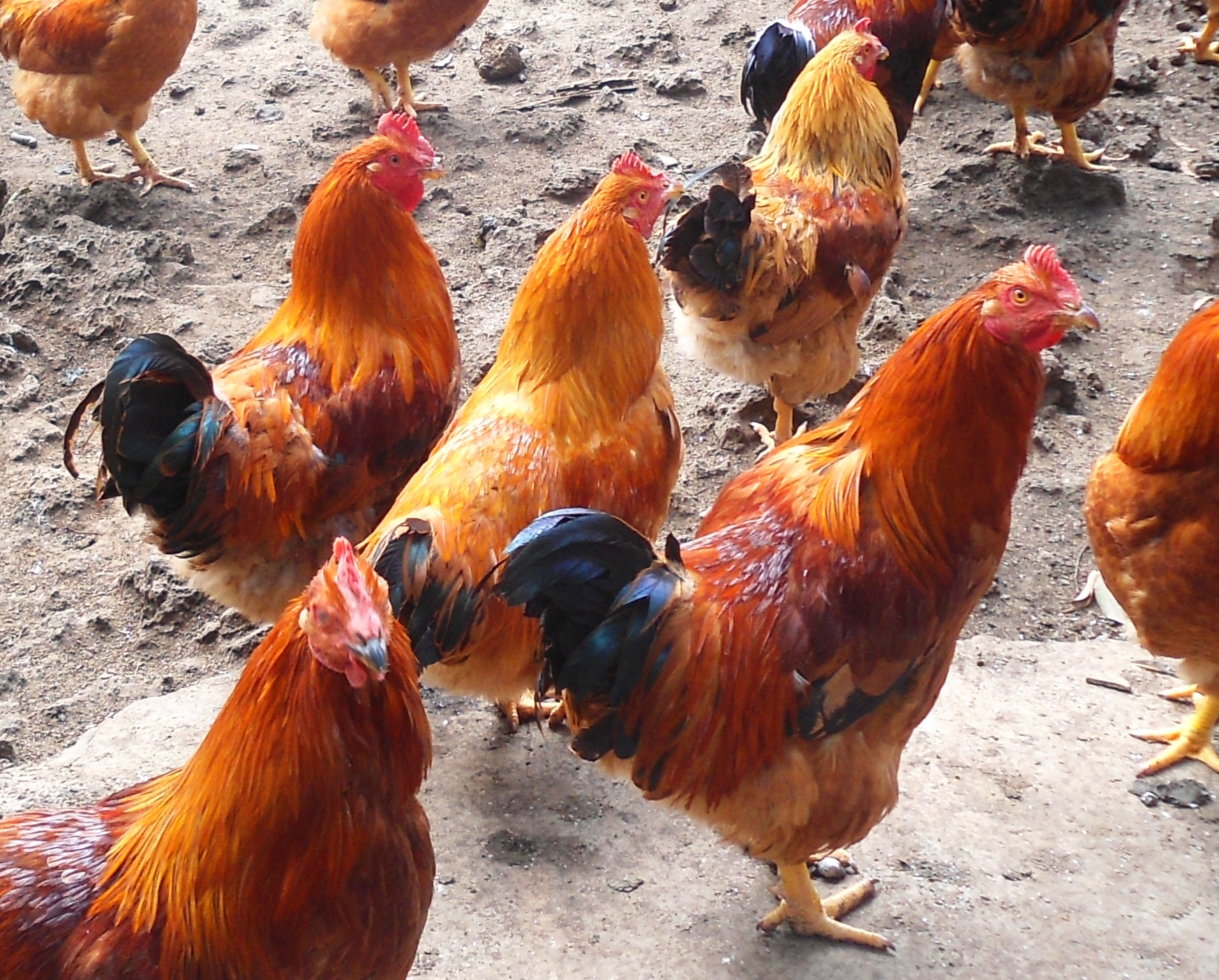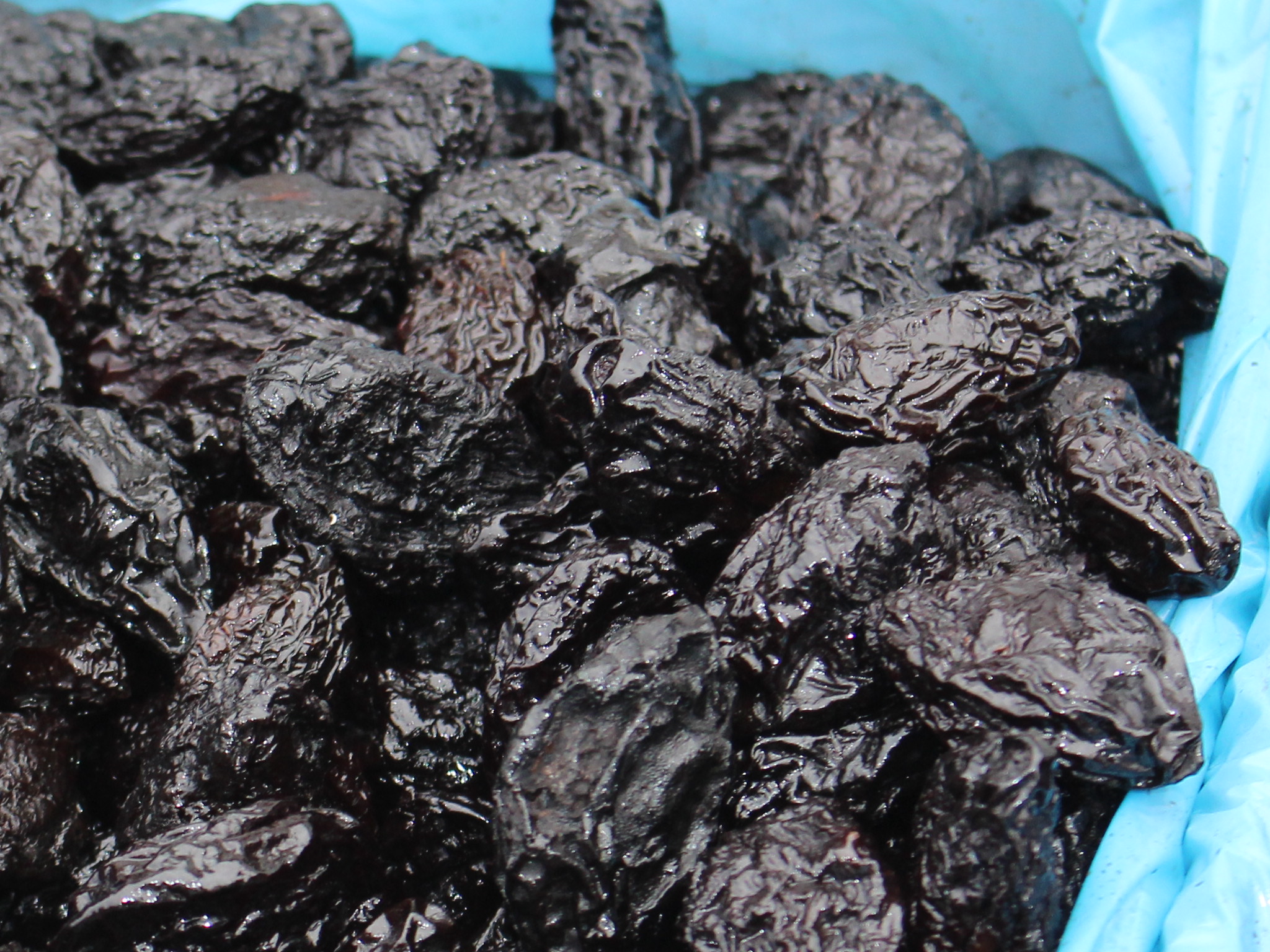|
Hindle Wakes (dish)
Hindle Wakes is a poultry dish supposedly associated with the Bolton area of England. Its origins are claimed to point to Flemish weavers in 16th century Lancashire. The dish consists of a long-steamed capon or boiling fowl, enhanced with black, green and yellow colouring provided by a stuffing of pig's blood or prunes for the black, butter lemon sauce for the yellow and green for the garnish. The dish is prepared by stuffing a fowl with a combination of breadcrumbs, lemon, pig's blood or prunes, then steaming for four hours prior to roasting for thirty minutes and covering in a lemon butter sauce and greenery. It is unclear whether this often-written-about dish is indeed ancient, or was invented, along with its supposed history, in the 1950s. References * {{cite book, author=Black, William., title=The Land that Thyme Forgot, publisher=Bantam, year=2005, isbn=0-593-05362-1 pp. 24–26; p. 347 External links The story of Hindle Wakes at Foodsofengland.co.uk English cu ... [...More Info...] [...Related Items...] OR: [Wikipedia] [Google] [Baidu] |
Bolton
Bolton (, locally ) is a large town in Greater Manchester in North West England, formerly a part of Lancashire. A former mill town, Bolton has been a production centre for textiles since Flemish people, Flemish weavers settled in the area in the 14th century, introducing a wool and cotton-weaving tradition. The urbanisation and development of the town largely coincided with the introduction of textile manufacture during the Industrial Revolution. Bolton was a 19th-century boomtown and, at its zenith in 1929, its 216 cotton mills and 26 bleaching and dyeing works made it one of the largest and most productive centres of Spinning (textiles), cotton spinning in the world. The British cotton industry declined sharply after the First World War and, by the 1980s, cotton manufacture had virtually ceased in Bolton. Close to the West Pennine Moors, Bolton is north-west of Manchester and lies between Manchester, Darwen, Blackburn, Chorley, Bury, Greater Manchester, Bury and ... [...More Info...] [...Related Items...] OR: [Wikipedia] [Google] [Baidu] |
England
England is a country that is part of the United Kingdom. It shares land borders with Wales to its west and Scotland to its north. The Irish Sea lies northwest and the Celtic Sea to the southwest. It is separated from continental Europe by the North Sea to the east and the English Channel to the south. The country covers five-eighths of the island of Great Britain, which lies in the North Atlantic, and includes over 100 smaller islands, such as the Isles of Scilly and the Isle of Wight. The area now called England was first inhabited by modern humans during the Upper Paleolithic period, but takes its name from the Angles, a Germanic tribe deriving its name from the Anglia peninsula, who settled during the 5th and 6th centuries. England became a unified state in the 10th century and has had a significant cultural and legal impact on the wider world since the Age of Discovery, which began during the 15th century. The English language, the Anglican Church, and Engli ... [...More Info...] [...Related Items...] OR: [Wikipedia] [Google] [Baidu] |
Flemish People
The Flemish or Flemings ( nl, Vlamingen ) are a Germanic ethnic group native to Flanders, Belgium, who speak Dutch. Flemish people make up the majority of Belgians, at about 60%. "''Flemish''" was historically a geographical term, as all inhabitants of the medieval County of Flanders in modern-day Belgium, France, and the Netherlands were referred to as "Flemings", irrespective of their ethnicity or language. The contemporary region of Flanders comprises a part of this historical county, as well as parts of the medieval duchy of Brabant and the medieval county of Loon, where the modern national identity and culture gradually formed. History The sense of "Flemish" identity increased significantly after the Belgian Revolution. Prior to this, the term "Vlamingen" in the Dutch language was in first place used for the inhabitants of the former County of Flanders. Flemish, however, had been used since the 14th century to refer to the language and dialects of both the peoples of Fl ... [...More Info...] [...Related Items...] OR: [Wikipedia] [Google] [Baidu] |
Weaving
Weaving is a method of textile production in which two distinct sets of yarns or threads are interlaced at right angles to form a fabric or cloth. Other methods are knitting, crocheting, felting, and braiding or plaiting. The longitudinal threads are called the warp and the lateral threads are the weft, woof, or filling. (''Weft'' is an Old English word meaning "that which is woven"; compare ''leave'' and ''left''.) The method in which these threads are interwoven affects the characteristics of the cloth. Cloth is usually woven on a loom, a device that holds the warp threads in place while filling threads are woven through them. A fabric band that meets this definition of cloth (warp threads with a weft thread winding between) can also be made using other methods, including tablet weaving, back strap loom, or other techniques that can be done without looms. The way the warp and filling threads interlace with each other is called the weave. The majority of woven products a ... [...More Info...] [...Related Items...] OR: [Wikipedia] [Google] [Baidu] |
Lancashire
Lancashire ( , ; abbreviated Lancs) is the name of a historic county, ceremonial county, and non-metropolitan county in North West England. The boundaries of these three areas differ significantly. The non-metropolitan county of Lancashire was created by the Local Government Act 1972. It is administered by Lancashire County Council, based in Preston, and twelve district councils. Although Lancaster is still considered the county town, Preston is the administrative centre of the non-metropolitan county. The ceremonial county has the same boundaries except that it also includes Blackpool and Blackburn with Darwen, which are unitary authorities. The historic county of Lancashire is larger and includes the cities of Manchester and Liverpool as well as the Furness and Cartmel peninsulas, but excludes Bowland area of the West Riding of Yorkshire transferred to the non-metropolitan county in 1974 History Before the county During Roman times the area was part of the Bri ... [...More Info...] [...Related Items...] OR: [Wikipedia] [Google] [Baidu] |
Capon
A capon (from la, cāpō, genitive ''cāpōnis'') is a cockerel (rooster) that has been castrated or neutered, either physically or chemically, to improve the quality of its flesh for food, and, in some countries like Spain, fattened by forced feeding. History The origins of caponised chickens are contested. They were known in ancient China as well as in ancient Greece and ancient Rome. An early record of caponisation is found under the Roman Republic: the Lex Faunia of 162 BC forbade fattening hens to conserve grain rations, so the Romans instead castrated roosters, which resulted in a doubling of size. It was also practiced later throughout medieval times, with gastronomic texts describing capons as preferred poultry since the ordinary fowl of the farmyard was regarded as peasant fare and "popular malice crediting monks with a weakness for capons." France is internationally renowned for maintaining a strong caponisation tradition with widespread and established industr ... [...More Info...] [...Related Items...] OR: [Wikipedia] [Google] [Baidu] |
Prune (fruit)
A prune is a dried plum, most commonly from the European plum (''Prunus domestica''). Not all plum species or varieties can be dried into prunes. A prune is the firm-fleshed fruit (plum) of ''Prunus domestica'' varieties that have a high soluble solids content, and does not ferment during drying. Use of the term "prune" for fresh plums is obsolete except when applied to varieties of plum grown for drying. Most prunes are ''freestone'' cultivars (the pit is easy to remove), whereas most plums grown for fresh consumption are ''clingstone'' (the pit is more difficult to remove). Prunes are 64% carbohydrates including dietary fiber, 2% protein, a rich source of vitamin K, and a moderate source of B vitamins and dietary minerals. The sorbitol content of dietary fiber likely provides the laxative effect associated with consuming prunes. Contrary to the name, boiled plums or prunes are not used to make sugar plums. Production More than 1,000 plum cultivars are grown for drying. T ... [...More Info...] [...Related Items...] OR: [Wikipedia] [Google] [Baidu] |
Butter
Butter is a dairy product made from the fat and protein components of churned cream. It is a semi-solid emulsion at room temperature, consisting of approximately 80% butterfat. It is used at room temperature as a spread, melted as a condiment, and used as a fat in baking, sauce-making, pan frying, and other cooking procedures. Most frequently made from cow's milk, butter can also be manufactured from the milk of other mammals, including sheep, goats, buffalo, and yaks. It is made by churning milk or cream to separate the fat globules from the buttermilk. Salt has been added to butter since antiquity to help to preserve it, particularly when being transported; salt may still play a preservation role but is less important today as the entire supply chain is usually refrigerated. In modern times salt may be added for its taste. Food colorings are sometimes added to butter. Rendering butter, removing the water and milk solids, produces clarified butter or ''ghee'', which is a ... [...More Info...] [...Related Items...] OR: [Wikipedia] [Google] [Baidu] |
Lemon
The lemon (''Citrus limon'') is a species of small evergreen trees in the flowering plant family Rutaceae, native to Asia, primarily Northeast India (Assam), Northern Myanmar or China. The tree's ellipsoidal yellow fruit is used for culinary and non-culinary purposes throughout the world, primarily for its juice, which has both culinary and cleaning uses. The pulp and rind are also used in cooking and baking. The juice of the lemon is about 5% to 6% citric acid, with a pH of around 2.2, giving it a sour taste. The distinctive sour taste of lemon juice makes it a key ingredient in drinks and foods such as lemonade and lemon meringue pie. History The origin of the lemon is unknown, though lemons are thought to have first grown in Assam (a region in northeast India), northern Myanmar or China. A genomic study of the lemon indicated it was a hybrid between bitter orange (sour orange) and citron. Lemons are supposed to have entered Europe near southern Italy no later tha ... [...More Info...] [...Related Items...] OR: [Wikipedia] [Google] [Baidu] |
English Cuisine
English cuisine encompasses the cooking styles, traditions and recipes associated with England. It has distinctive attributes of its own, but also shares much with wider British cuisine, partly through the importation of ingredients and ideas from the Americas, China, and India during the time of the British Empire and as a result of post-war immigration. Some traditional meals, such as bread and cheese, roasted and stewed meats, meat and game pies, boiled vegetables and broths, and freshwater and saltwater fish have ancient origins. The 14th-century English cookbook, the ''Forme of Cury'', contains recipes for these, and dates from the royal court of Richard II. English cooking has been influenced by foreign ingredients and cooking styles since the Middle Ages. Curry was introduced from the Indian subcontinent and adapted to English tastes from the eighteenth century with Hannah Glasse's recipe for chicken "currey". French cuisine influenced English recipes throughout ... [...More Info...] [...Related Items...] OR: [Wikipedia] [Google] [Baidu] |






